Learning how to polish resin to high gloss is a must if you want your resin craft to really pop. Whether you're making resin art, jewelry, or tackling other DIY projects, a smooth, shiny finish can transform your piece from dull to dazzling.
The secret to that high-gloss look? It's all about careful cleaning, sanding, and buffing—removing imperfections and boosting clarity, step by step.
Polishing resin art takes patience and attention to detail. You need the right techniques to avoid scratches and cloudiness.
To achieve a high-gloss finish on resin, begin by sanding the surface with progressively finer grits of sandpaper, starting with a coarser grit (like 120) and working your way up to a very fine grit (2000 or higher). Then, use a polishing compound designed for epoxy resin and buff the surface with a soft cloth or a polishing machine until the desired shine is achieved.
Whether it’s jewelry, tabletops, or decorative art, polishing is the step that gives resin crafts their finished, glass-like shine. It’s honestly the difference between “homemade” and “wow, you made that?”
Why Polish Resin To High Gloss?

Polishing resin to a high gloss just makes it look better. It also helps the surface last longer. When you polish, light travels through the resin more cleanly, so the colors pop and the finish looks richer.
Polishing fixes those annoying problems like haze and scratches. Here’s what you get when you do it right:
Benefits: Clarity, Depth, Protection
Polishing resin makes it clearer. Light can pass through without getting scattered, so you see more depth and detail. Colors look brighter, and the whole piece feels more “finished.”
A glossy finish doesn’t just look good—it feels smooth and seals the surface against dust and moisture. That helps prevent yellowing and damage over time. People notice when a piece feels professional, and honestly, it’s just more satisfying to touch.
Fixes Common Issues Like Haze, Scratches
Resin often dries with haze or small scratches that dull its shine. Polishing compounds fill those scratches and smooth them out. That’s how you turn a dull finish into a clear, shiny one.
Haze comes from tiny surface particles. When you polish, you break down and remove those particles, bringing back transparency. Careful sanding and polishing erase flaws that make resin look worn out.
Ways To Prep Your Cured Resin

Before you polish, you need to prep your resin. Good prep means a smoother, glossier finish later. Cleaning and inspecting now saves you headaches later.
Clean Off Dust, Finger Marks, Mold Release With Water/Alcohol
Wash your cured resin with warm water and mild soap. Use a soft cloth or sponge so you don’t scratch anything.
If you used mold release, it might leave a residue. Wipe the resin with isopropyl alcohol and a lint-free cloth to get rid of any leftover mold release or oily fingerprints.
Dry the resin completely before sanding. And don’t forget a dust mask when you sand—resin dust isn’t something you want to breathe in.
Inspect Under Good Light To Assess Needed Sanding
Check the surface under bright light or sunlight. Look for scratches, bumps, or cloudy spots. Those are your targets for sanding.
If you’re working on countertops or bigger epoxy projects, pay extra attention to the edges and curves. Flaws there are tough to fix later.
Start sanding with coarser grit paper to knock down big flaws, then move to finer grits. After each round, inspect again to make sure you’ve evened things out.
Don’t rush this part—catching problems now keeps your final finish clear and glossy.
How To Use Wet-Sand To Smooth Surface

Wet sanding smooths out rough marks and scratches, setting you up for a great polish. Using the right grit sequence and solid technique makes a big difference.
Progressive Grits: Start ~120–400, Then 600→2000+
Start with coarse sandpaper—something like 120 to 400 grit. This knocks down deep scratches and uneven spots fast, but leaves the surface rough.
Move to finer grits: 600, 1000, 1500, up to 2000 or more. Each step erases the scratches from the last. Skipping grits can leave stubborn marks that are hard to fix later.
Hand sanding or using a sanding block gives you more control. Honestly, it’s tempting to rush, but patience pays off here.
Wet Sanding Tips: Keep Paper Damp, Remove Slurry, Check For Scratches
Keep both the sandpaper and resin wet. Water helps reduce heat and keeps the sandpaper from clogging up.
Rinse away the sanding slurry often so you can see what you’re doing. Wipe the resin dry between grit changes and check for scratches or dull spots under good light.
If you still see scratches, go back to a coarser grit. Use steady, even pressure while sanding to avoid uneven spots. Wet sanding takes longer, but you’ll get a smoother, cleaner finish in the end.
Polished your resin but wondering about sanding techniques? Learn the best sanding tips in Can You Sand Epoxy? Tips for a Smooth Finish, and refine your projects to perfection.
How To Choose Polish Method & Tools

Picking the right polishing method and tools can make or break your high-gloss finish. The best option depends on your project’s size, what tools you have, and how much control you want.
By Hand: Microfiber Pad + Compound
Polishing by hand gives you lots of control, especially on small or detailed pieces. Grab a soft microfiber pad and a fine polishing compound made for resin.
Apply the compound and rub in small, circular motions. It’s slow, but you can focus on trouble spots and avoid heat that might damage the resin.
Use a little water or lubricant to cut down on dust and friction. If your pad gets too dirty or worn, swap it out for a fresh one.
Drill/Dremel: Felt Or Foam Pad, Low RPM
Using a drill or Dremel with a felt or foam pad speeds things up. Keep the speed low—about 1,000 to 2,000 RPM—to avoid overheating and dulling the resin.
Pick a polishing compound meant for resin or plastic. Or even better, get a polishing kit to get all what you need. Apply it to the pad and work in overlapping strokes. Keep the tool moving, or you might get uneven shine or even gouges.
Felt pads are firmer and good for tackling minor scratches. Foam pads are softer and work well for final buffing. Both types are easy to find as attachments for rotary tools.
Dual-Action Polisher: Soft Pads, Controlled Speed
If you’re working on bigger pieces like tabletops, a dual-action polisher is your friend. Its orbital motion makes it safer for resin than rotary polishers.
Use soft, high-quality pads and control the speed—usually between 1,500 and 3,000 OPM. Start with a medium compound, then finish with a fine one for that glassy look.
These machines spread pressure evenly, so you avoid swirls and scratches. Polishing sponges can help you get into tight spots.
Work in a clean area and wipe the surface between steps to keep things tidy and avoid buildup.
Apply Polishing Compound

Getting that high-gloss finish on epoxy resin means using the right polishing compounds, in the right order. Start with a heavy-cut compound to knock out scratches, then switch to a fine polish for smoothness and shine.
Technique matters here—move carefully to avoid swirl marks or heat damage. It’s not rocket science, but a little focus goes a long way.
Spread a small amount of compound evenly before you start. This helps with coverage and keeps the compound from drying out too fast.
Keep your pad or cloth moving in small, overlapping circles. Don’t stop in one spot or you’ll risk heat build-up and softening (or even melting) the resin.
If you’re using a machine, stick with low to medium speed and use light pressure. Check for heat often. A little caution here makes a big difference in your final shine.
If you loved the high-gloss results, go deeper with 7 Best Polishing Compound for Epoxy Resin Projects—find which compounds deliver that mirror-like shine effortlessly.
Buff To Mirror Shine
Buffing resin is where it all comes together. You’ll move from rough to fine polishing steps, keep heat under control, and finish with a clean wipe to get that glassy look.
Coarse Cut → Fine Polish Passes
Start with a coarse polishing compound to tackle any leftover scratches or sanding marks. Use a buffing wheel at moderate speed, applying the compound evenly.
Work in slow, circular motions to keep the resin cool. After the coarse cut, switch to finer compounds for each pass. Each step removes haze from the last.
Change pads or wheels when they get loaded with polish. Dirty pads can scratch the surface. Take your time—patience here pays off with a truly smooth, mirror-like finish.
Monitor Temperature; Frequent Inspection
As you buff, the resin surface heats up fast. Too much heat can soften or mess up the finish.
Keep the buffing machine set to low or medium. That usually prevents overheating.
Stop often and check your work under bright light. Watch for swirls, scratches, or any cloudy spots.
Wipe away excess polish with a clean microfiber cloth between passes. That way, you get a clear look at the surface.
If the resin feels warm, just pause and let it cool off. Checking often helps you catch issues early and keeps you from overdoing it.
Final Wipe-Down With Microfiber Or Alcohol
Once you reach a glossy finish, give the resin one last wipe. Use a fresh microfiber cloth and go gently to clear away leftover polish.
Want an even cleaner look? Dampen the cloth with a bit of isopropyl alcohol. It lifts oils and dust, giving the shine a little boost without harming the resin.
How To Fix Common Issue + Tips
Polishing resin comes with its own set of headaches. You’ll usually run into problems with sanding, heat, or tracking down the right polish.
Cloudy Or Scratched? Likely Skipped Grits—Sand More
If your resin ends up cloudy or scratched, odds are you skipped sanding grits or rushed the process. You need to move from coarse to fine sandpaper gradually to smooth out flaws.
Start with 400 or 600 grit, then work up to 1500 or 2000. Wet sanding with water helps keep things cool and clears away dust.
Stick with each grit until the scratches from the last one disappear. If you skip steps, you’ll see fine scratches that polish can’t fix.
Once you sand properly, polishing compounds bring out that clear, glossy finish.
Heat Haze? Let It Cool, Re-Polish
Power tools can heat resin fast, causing a hazy “heat haze” on the surface. That happens because the resin softens a bit and the finish turns uneven.
If you spot haze, stop right away and let the piece cool. Once it’s cooled, grab a soft cloth and a gentle polish to buff out the haze.
Don’t press too hard or stay in one spot too long. Use a low-speed tool or polish by hand if you need more control.
Honestly, managing heat makes all the difference for a clear, shiny result.
Can't Access Compounds? Use Automotive Buffing: “When You Think You're Done… You’re Halfway”
Can’t find resin-specific polish? Automotive compounds work surprisingly well. They’re made to fix clear coats—pretty similar to resin.
Pick a fine automotive polishing compound that’s meant for micro-scratches. Use a microfiber or felt pad on a dual-action polisher, and work in small areas so you don’t overheat the resin.
Even if the surface looks good, polish it a bit more. It’s true: “When you think you’re done, you’re halfway.”
Automotive products are usually non-abrasive and safer for the environment, so they’ll protect your resin while giving you that mirror shine.
Want that glossy finish without any extra tools? Check out How To Make Resin Shiny Without Polish: Quick Guide for simple hacks and resin gloss tips that skip the elbow grease.
Optional Finish Enhancers
After polishing, you can use extra products to boost shine and durability. These help keep your resin looking fresh and glossy for longer.
Clear-Coat Or Gloss Resin Topcoat
Adding a clear-coat or gloss resin topcoat gives you that strong, glassy finish. It acts like a shield, protecting your polished resin from scratches and sunlight.
Choose a resin made for sealing and gloss. Apply it thin and even with a brush, or pour it on—just follow the directions for curing time.
Mix gently to avoid bubbles, and work in a warm, dust-free spot. Lightly sand between coats if you want better adhesion and a smoother finish.
Wax Or Resin Sealers For Lasting Shine
Wax and resin sealers help keep the gloss after polishing. Wax gives a quick shine and some water resistance, but you’ll need to reapply it now and then.
Resin sealers last longer and add a tougher barrier. They soak in a bit to fight off scuffs and fading. Usually, you just rub them on gently in circles with a soft cloth.
It’s worth using these enhancers, especially if your resin piece gets handled a lot. A good gloss sealer not only makes it shine—it helps it last.
Final Thoughts
To polish resin to a high gloss fast and easy, start by wet‑sanding your cured piece through progressively finer grits—400, 800, 1200, 2000—until it feels silky smooth. Then apply a quality polishing compound and buff in gentle, circular motions using a soft cloth or buffing pad, either by hand or with a drill.
The key is patience: take your time at each grit, clean thoroughly between steps, and build the shine gradually. With proper prep and polish, your resin artwork will gleam like glass in no time.
Craving more resin inspiration? Also read our article, Cool Resin Art To Try: Creative Ideas and Techniques next!
Frequently Asked Questions
How to get resin to shine again?
If your resin looks dull, start by washing it with warm soapy water to clear away dust and oils. Then, use fine-grit sandpaper—start at 800 and work up to 2000—to smooth out scratches or dull spots.
Buff with a soft cloth and a polish made for epoxy or plastic. That removes fine marks and brings back clarity.
For a little more shine, add a resin wax or a thin coat of clear epoxy, then polish gently one more time. Always work somewhere clean to avoid new dust or fingerprints.
Why is my resin not glossy?
Resin might not look glossy if it didn’t cure right, has surface scratches, or picked up dust while drying. Thin or half-cured resin stays dull or sticky.
If you sand too rough or skip polishing, you’ll get a matte finish. Dust and fingerprints also cut down on gloss.
To dodge these problems, cure the resin fully, sand with finer grits step by step, and keep your space clean. Polishing and buffing after curing really matter for that glassy shine.
What to put on resin to make it shine?
If you want your resin to shine, you'll need a mix of sanding, polishing, and a good finishing product.
Start with wet sanding. Use fine sandpapers, working your way up to 2000 grit.
After sanding, grab a polishing compound or a plastic polish. Work it in with a soft cloth or a buffing wheel—just steer clear of anything too abrasive.
To lock in that shine, finish with a resin-safe wax or a clear, UV-resistant topcoat. This step helps keep the gloss and fights off yellowing as time goes by.
Prepping the surface before you polish makes all the difference if you want that high-gloss look to last.
To achieve a high-gloss finish on resin, begin by sanding the surface with progressively finer grits of sandpaper, starting with a coarser grit (like 120) and working your way up to a very fine grit (2000 or higher). Then, use a polishing compound designed for epoxy resin and buff the surface with a soft cloth or a polishing machine until the desired shine is achieved.

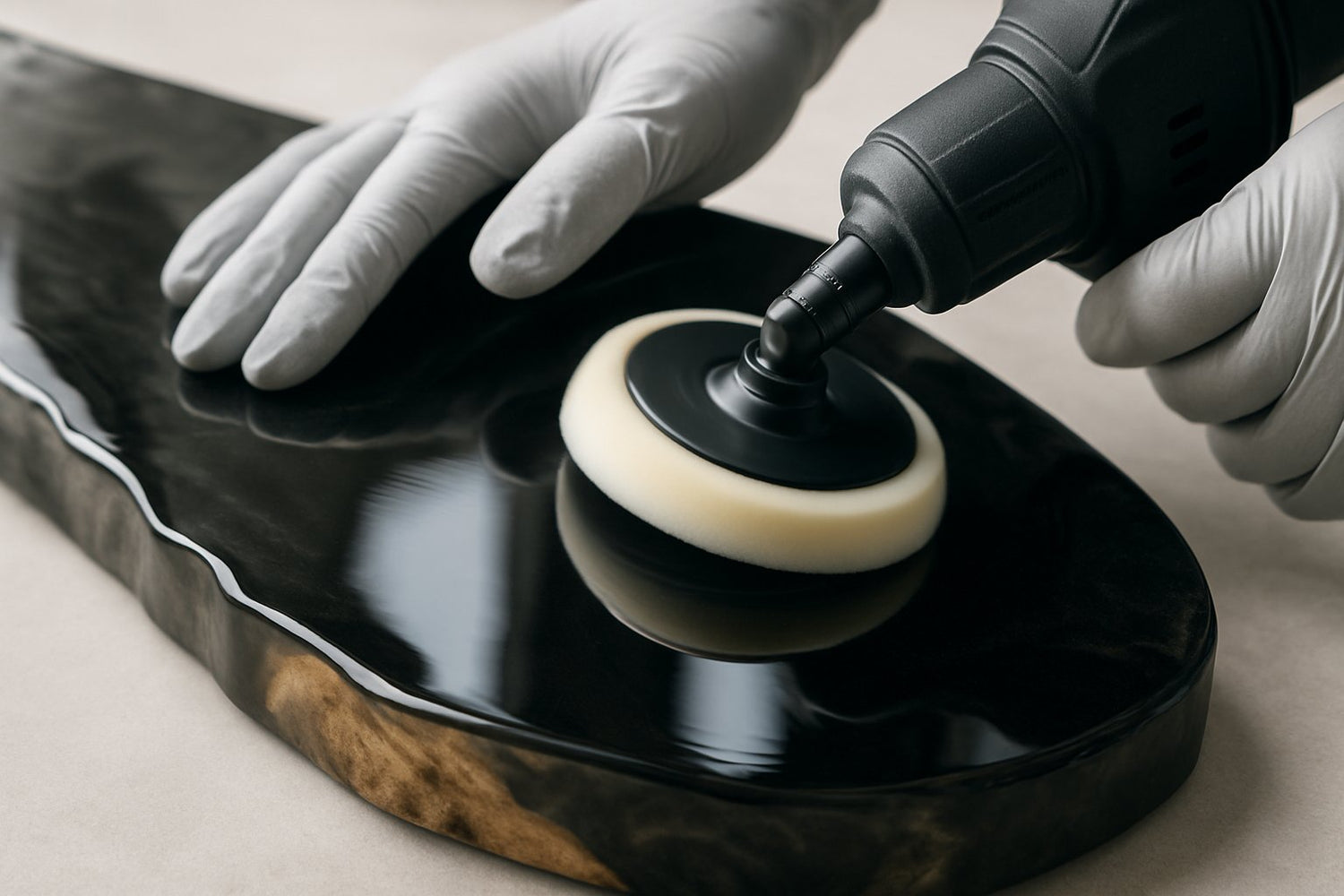
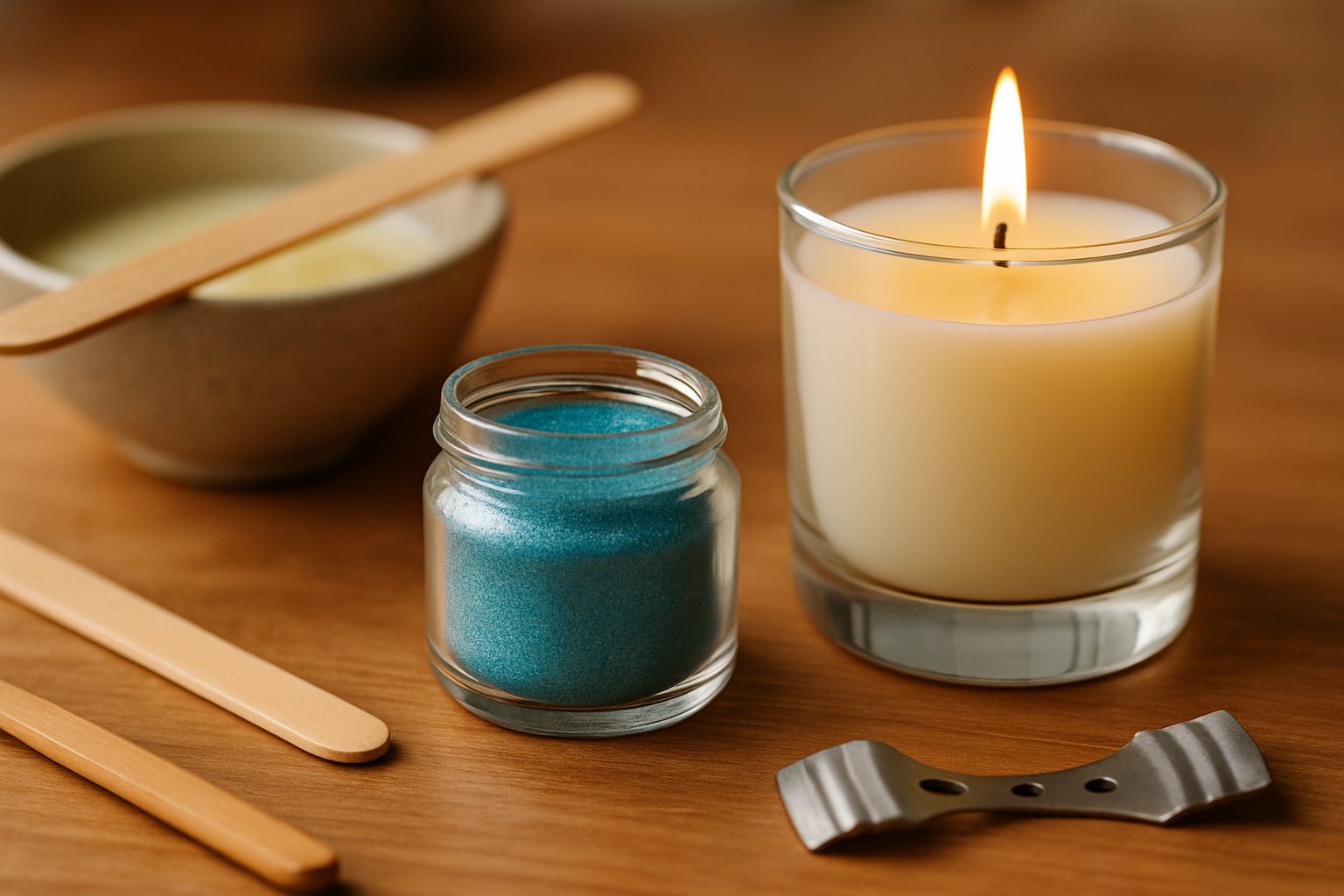
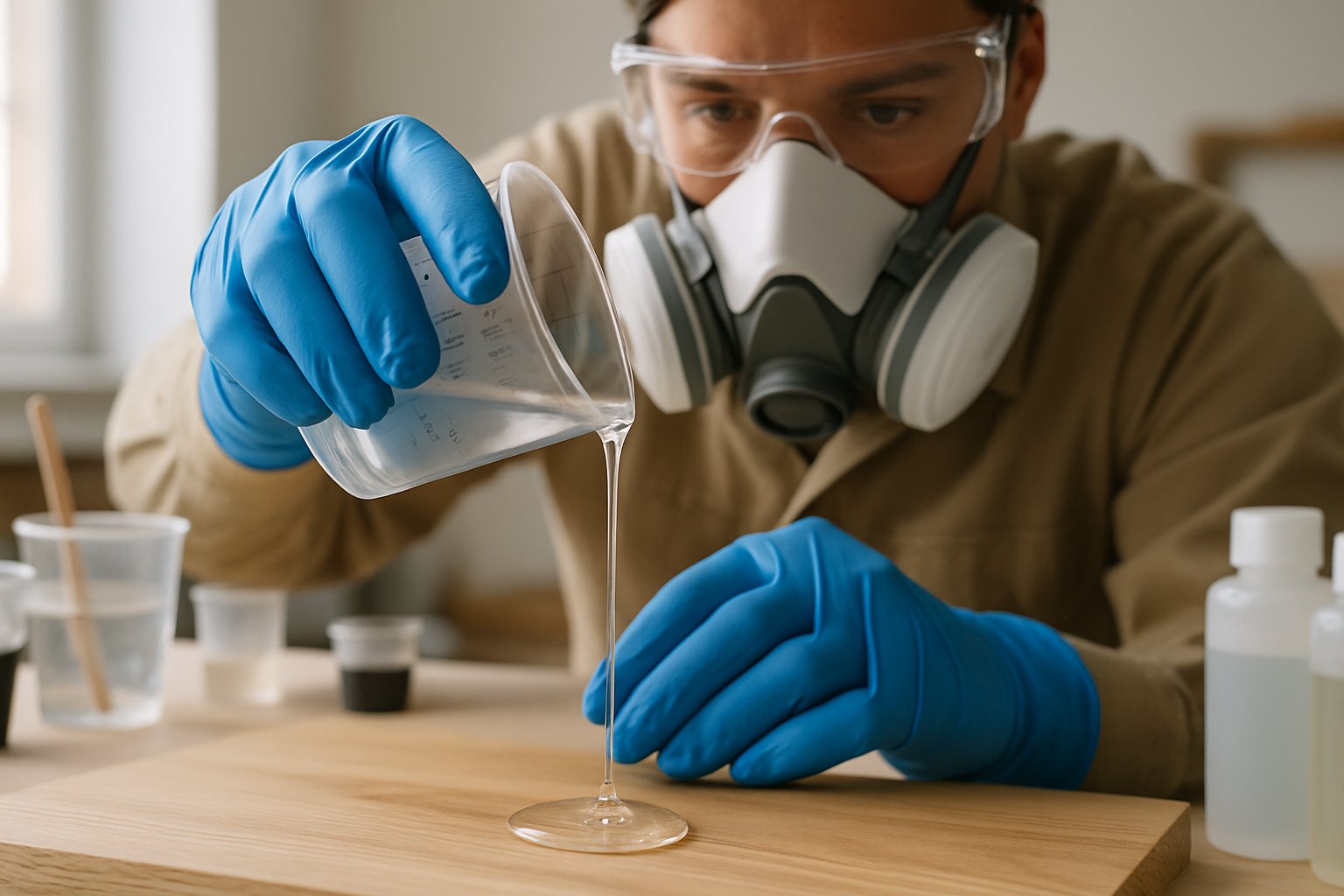
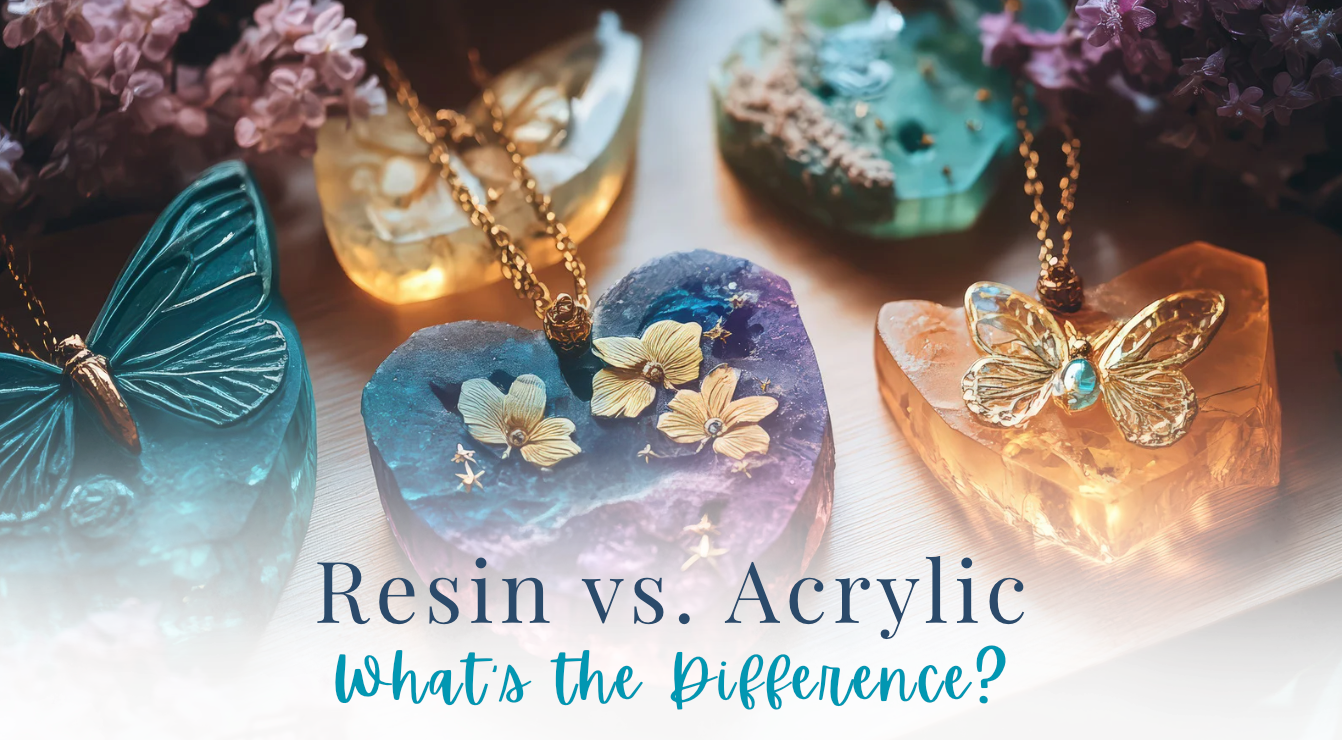

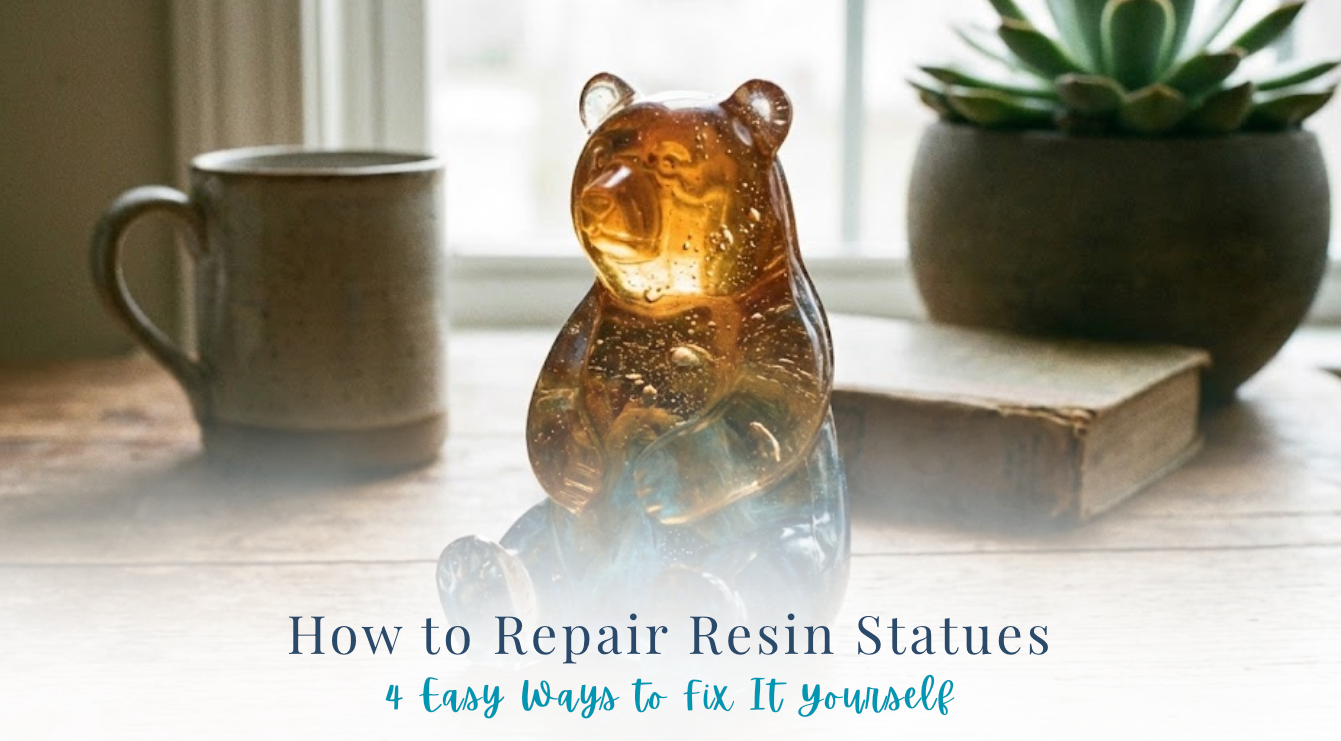

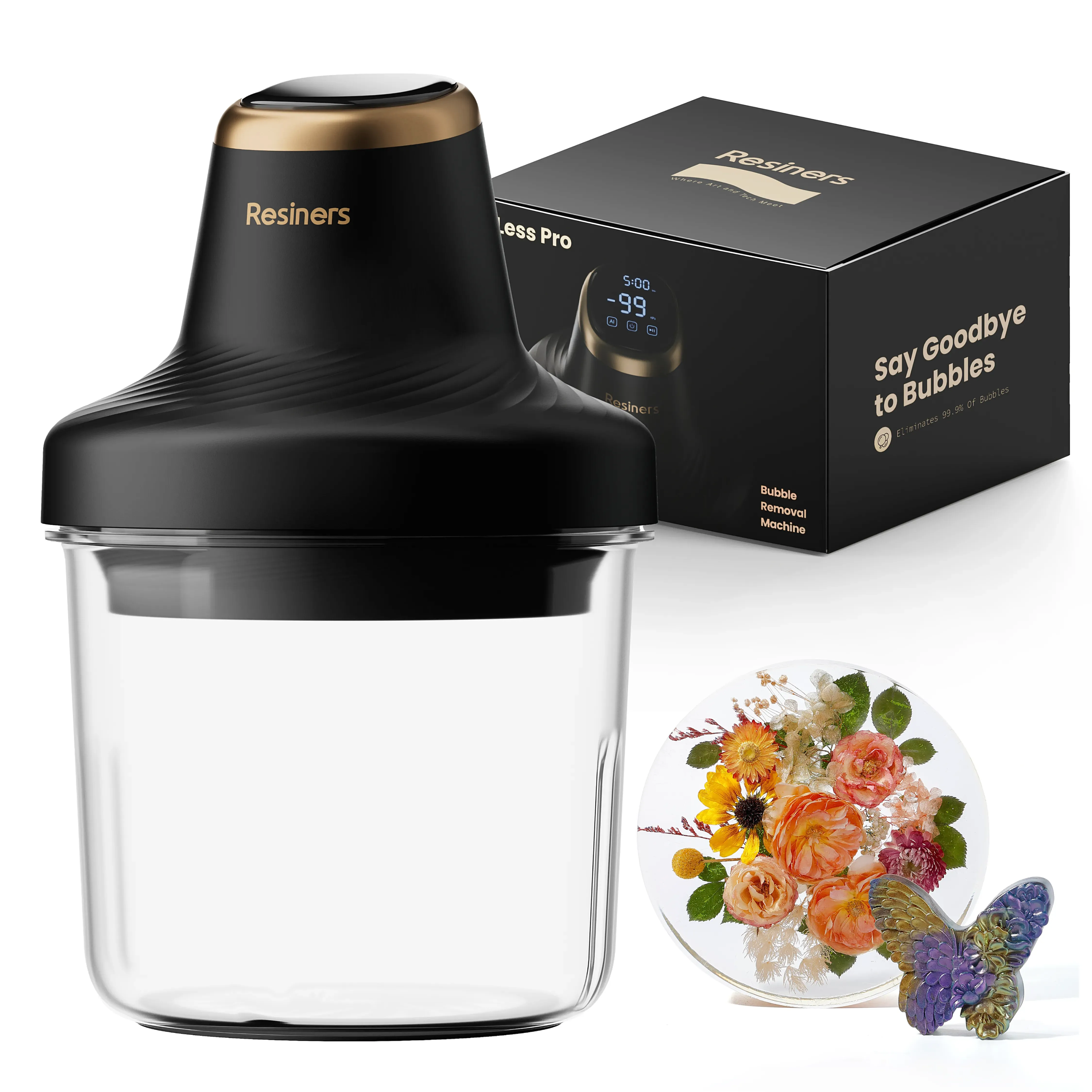



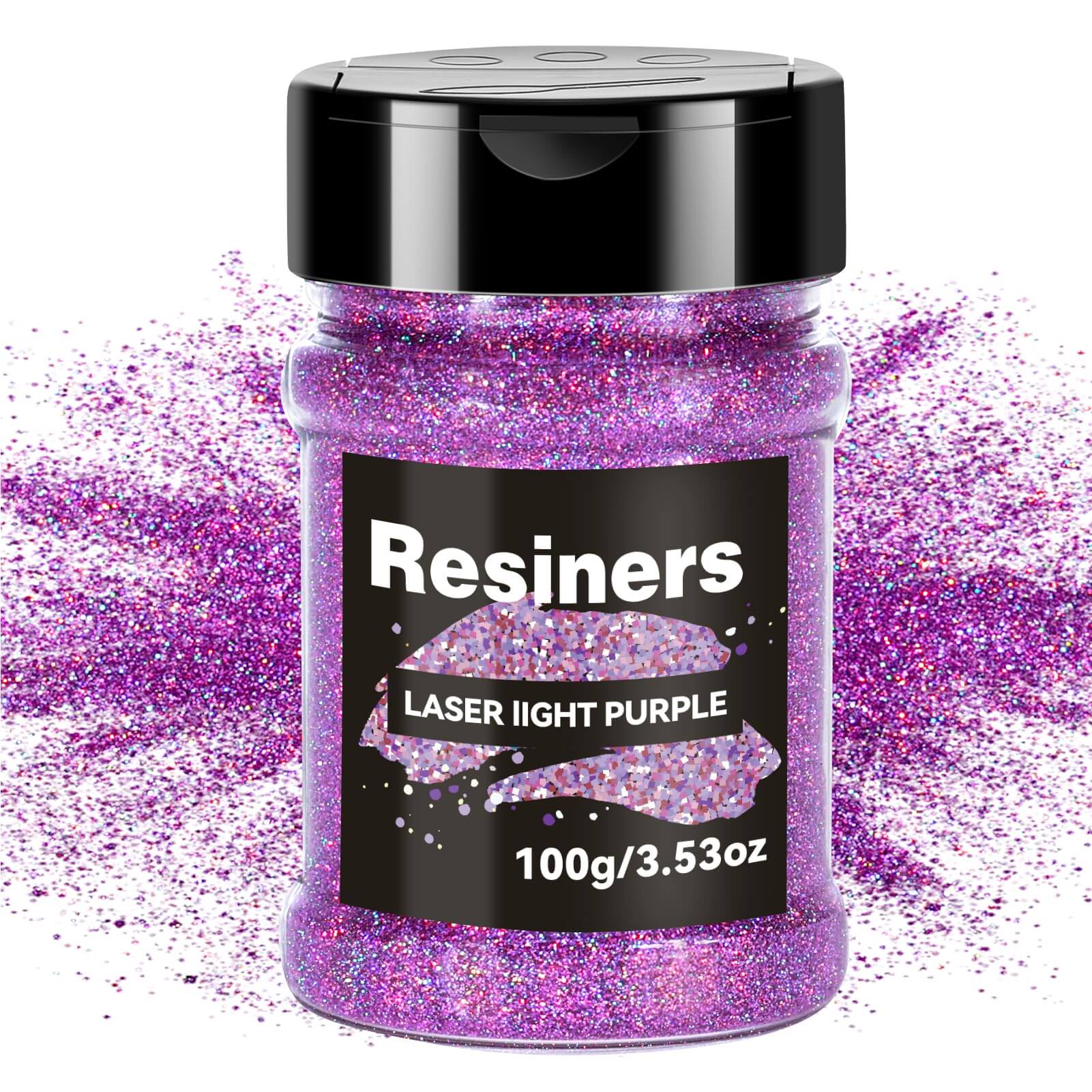
Lämna en kommentar
Denna webbplats är skyddad av hCaptcha och hCaptchas integritetspolicy . Användarvillkor gäller.